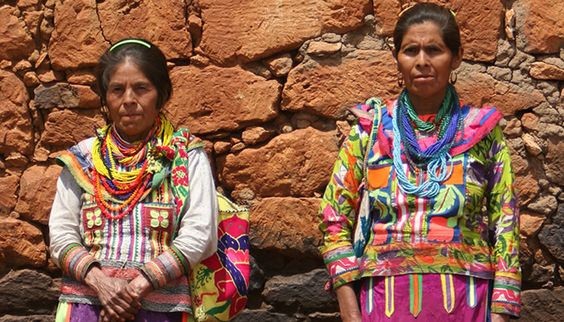Fear of the Unknown: Largest Cora Population Outside Mexico, ‘Too Afraid’ to Reach Out?

Gunnison County is believed to house the largest population of the Cora community outside of Mexico. In their hopes of attaining a better economic standing, as well as making a living, they have migrated to the US. Still, developments in the global pandemic have prevented them from achieving this.
The Cora Community
Magdaleno Diáz, left home in 1985 when he was still 17 years old. From the Sierra Madre Occidental Range in the west of Mexico, he moved to Gunnison County in Colorado. In this place considered to have the highest Cora population known outside of Mexico, Diáz strived to make a living in various fields like packing candies at a factory, running cattle in the mountains, or offering cleaning services to different commercial areas.
However, this changed to a more voluntary nature when he decided to help his fellow Cora amidst the COVID-19 crisis. He has volunteered to reach out to the Cora community since most residents in Gunnison County have not been reporting themselves of having COVID-19 symptoms
Language Barrier in the Community
Having noticed that the Spanish and Cora speaking population has not complied with their online self-reporting program, The Gunnison County Department of Health has asked for the help of Diáz and other leaders in the Gunnison Cora community.
In a tally, only four Spanish or Cora speakers out of 707 residents have self-reported online that they are symptomatic of COVID-19. Additionally, no Latino or Cora community members participated in the onsite testing for the past three weeks.
"I think they are afraid to talk to anybody," Diáz explained. "These people--they know me, so I try to explain what to do if they need help."
Fear of the Unknown
Appointed on March 6, Multicultural Resource Coordinator for Gunnison County, Devan Haney, said she went around the neighborhood where the residents include Spanish and Cora speaking people. During this time, she gave information to 200 households and used various social media platforms to reach out to the community.
On top of this, she put up a 'translation team' who will help ease the communication regarding all information related to COVID-19. She also invited some Latinas to contribute to the prevention of spreading the disease by making face masks.
Despite these efforts, the Hispanic community still has not reported more symptomatic conditions. Now, Haney says that the community might be 'struggling with a fear of the unknown.' "They are afraid to come to the screening sites," Haney said. "There is a language barrier. And if you are undocumented, the strict county orders are very scary."
This was about county orders that limited traveling to only essential businesses. As a rule, residents who decide to leave the county and soon come back are to be quarantined for two weeks. In addition to this, travelers who want to visit the county have been asked to leave. Those who do not comply will be charged with fines and will possibly be asked to spend some time in jail.
Effective Leadership
Recently, Haney approached several Hispanic community leaders, one of which being Diáz, to come up with a list of people and their contact information. Since then, Diáz and the other leaders have been working on contacting people from a list of 160 residents in the county.
Judge James Boasberg Denies Request for the Release of Detained Migrants
She believed this would help make the people more comfortable in coming out as symptomatic. This method seemed to prove effective as some residents have finally agreed to be tested and to receive aid in rent and food from a food bank. Some of them were also able to reach out to their employers to inform them that some workers are symptomatic and are being quarantined at home.
Are Detachment and Fear Saving the Community?
Both Diáz and Haney have explained that it was an obstacle for them to reach out to this community because the Cora population typically do keep to themselves, except when they are working. Being a naturally close-knit community may be saving them from the pandemic because they have not interacted much with anyone outside their own circle.
"They already know how to isolate," Diáz said. "They have mostly been staying home when they heard of this sickness. They are afraid."
Amazon Defender Found Dead From Gunshot as Forest Faces Rapid Destruction
Subscribe to Latin Post!
Sign up for our free newsletter for the Latest coverage!
© 2025 Latin Post. All rights reserved. Do not reproduce without permission.













